19 May 2025
Let’s be real—communication and collaboration aren’t just fancy buzzwords for the workplace. They’re life skills! Whether students plan to become CEOs, doctors, or even influencers, they need to master the art of working with others and expressing their ideas clearly. So, how do we teach these critical skills in a way that’s engaging, practical, and actually sticks?
Well, grab your lesson plan books and get ready because we’re about to dive into some game-changing strategies that will turn your classroom into a powerhouse of effective communicators and top-tier team players. 
Why Communication and Collaboration Matter
Before we jump into the lesson plans, let’s talk about why these skills are non-negotiable.- Communication isn’t just about talking; it’s about being understood. It helps students explain ideas, defend their opinions, and resolve conflicts without turning into drama kings and queens.
- Collaboration teaches students how to work with different personalities, compromise, and contribute to something bigger than themselves.
Basically, strong communication and teamwork skills separate the true leaders from the lone wolves. Now, let’s get into the nitty-gritty of building these essential skills. 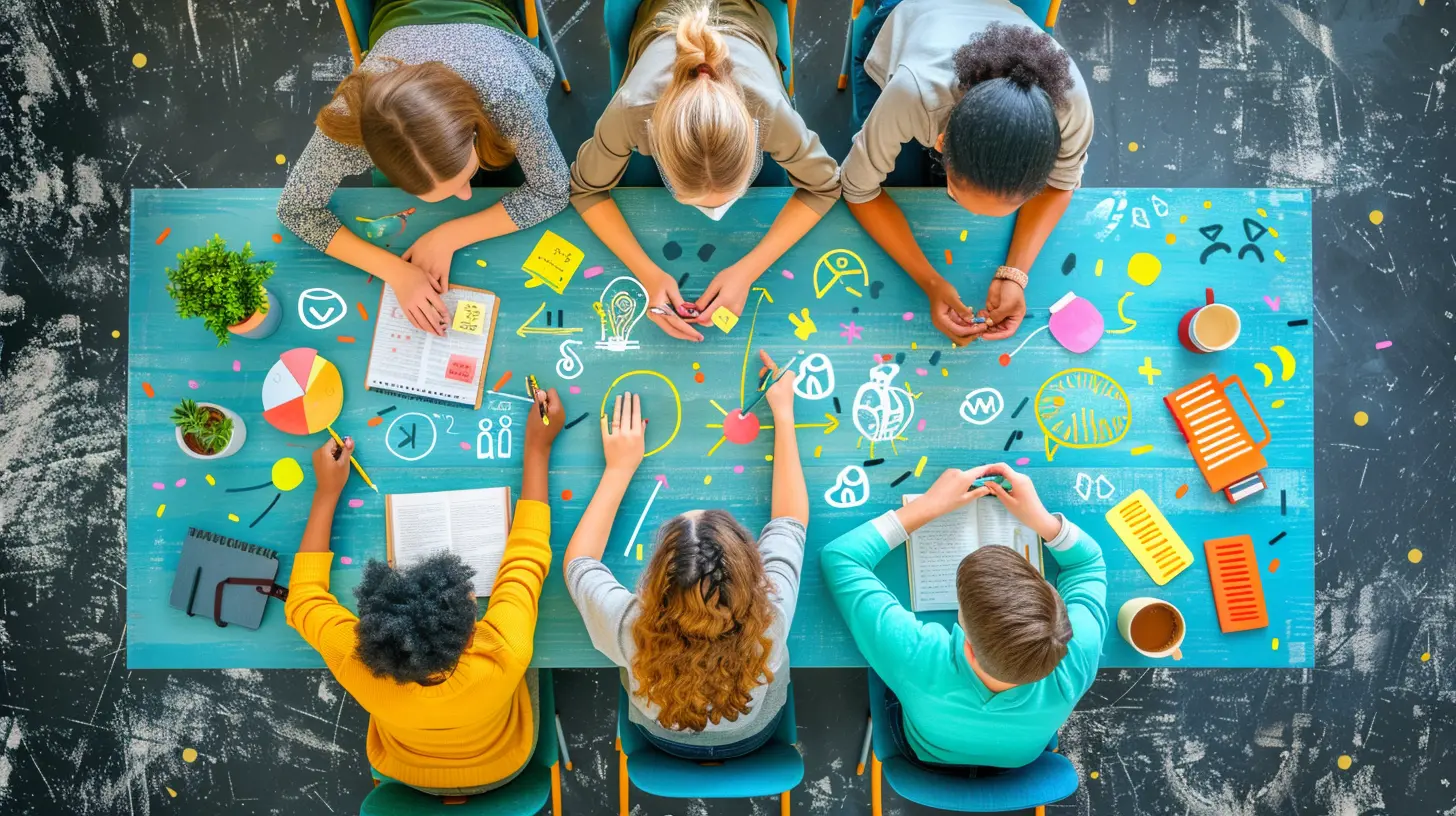
Lesson Plan 1: The Power of Active Listening
Objective:
Teach students how to really listen instead of just waiting for their turn to talk.Activity: "The Echo Game"
1. Pair up students. One is the speaker, and the other is the listener.2. The speaker shares a short story or experience (about 1–2 minutes).
3. The listener must repeat what they heard word for word.
4. Switch roles and repeat.
Discussion Questions:
- How did it feel to be listened to so attentively?- Was it harder to listen or to repeat?
- How can active listening improve teamwork?
Why This Works:
This forces students to pay full attention and not just nod absentmindedly while thinking about lunch.
Lesson Plan 2: Mastering Nonverbal Communication
Objective:
Help students understand that body language speaks just as loudly as words.Activity: "Silent Charades"
1. Prepare a set of index cards with different emotions (e.g., frustration, excitement, boredom).2. A student randomly picks a card and acts out the emotion without speaking.
3. The rest of the class must guess the emotion.
Discussion Questions:
- What body language cues helped you figure out the emotion?- How does body language impact communication in real life?
- Have you ever misread someone's body language?
Why This Works:
Students get a hands-on lesson in how facial expressions and gestures affect communication, which can prevent those “Why are you mad?” “I’m not mad!” moments.
Lesson Plan 3: The Art of Speaking with Confidence
Objective:
Teach students how to express their thoughts without second-guessing themselves.Activity: "Two-Minute Talks"
1. Each student picks a random topic (e.g., “Why pizza is better than burgers”).2. They have exactly two minutes to speak on it without stopping.
3. No “ums,” “ahs,” or awkward pauses allowed!
Discussion Questions:
- What felt easy about this activity?- What made it challenging?
- How does confidence change the way people listen to you?
Why This Works:
It encourages students to trust their own voices and ditch the filler words. Plus, who doesn’t love a little friendly debate?Lesson Plan 4: Teamwork Makes the Dream Work
Objective:
Show students that being a team player isn’t just about “going with the flow”—it requires real skills.Activity: "The Marshmallow Challenge"
1. Divide students into teams of four.2. Give each team 20 sticks of spaghetti, one yard of tape, one yard of string, and one marshmallow.
3. They have 20 minutes to build the tallest free-standing structure that can hold the marshmallow on top.
Discussion Questions:
- What strategies did your team use?- Who naturally took on leadership roles?
- What would you do differently next time?
Why This Works:
Students quickly realize that teamwork isn’t about one person taking over—it’s about combining strengths.Lesson Plan 5: Conflict Resolution Like a Pro
Objective:
Teach students how to handle disagreements like grown-ups (or better than some grown-ups, at least).Activity: "Role-Play Showdown"
1. Give students real-life conflict scenarios (e.g., “Your group partner isn’t contributing to the project”).2. Have them role-play both the wrong way and the right way to handle it.
3. Discuss what worked and what didn’t.
Discussion Questions:
- What made the wrong version so ineffective?- How did the right version improve communication?
- How do emotions impact conflict resolution?
Why This Works:
This lesson provides hands-on practice in dealing with disagreements without losing their cool.Lesson Plan 6: Digital Communication Do’s and Don’ts
Objective:
Help students navigate the wild world of online messaging, emails, and social media.Activity: "Text Translation"
1. Provide students with common short, vague, or passive-aggressive texts (e.g., “k” or “Sure, whatever”).2. Ask them to rewrite the texts to be clearer, more respectful, and more professional.
Discussion Questions:
- How can tone change the meaning of a message?- Have you ever misinterpreted a text?
- Why is digital communication just as important as face-to-face?
Why This Works:
Because let’s be real—most of today’s miscommunication happens behind a screen.Final Thoughts: Communication + Collaboration = Success
There you have it—six powerful lesson plans that will transform your students into clear, confident, and effective communicators. And let’s be honest, mastering these skills doesn’t just help in school; they’re golden for every aspect of life.So, get into that classroom and start shaping the next generation of amazing communicators and team players. Who knows? Your students might just thank you after they land their dream jobs.

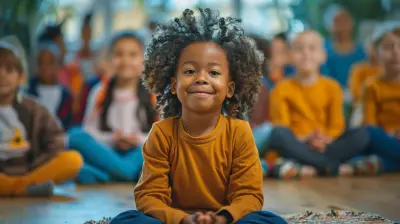
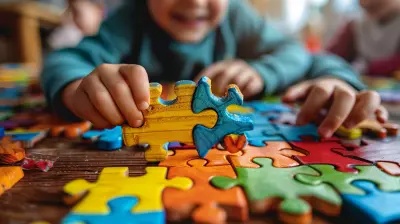
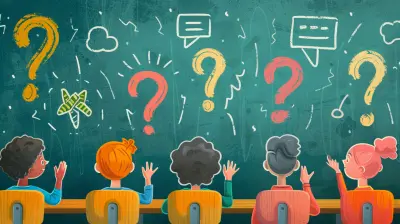



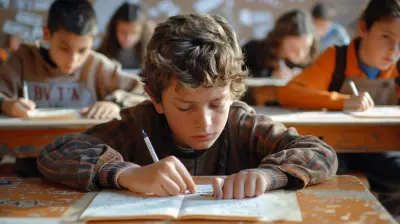
Foster McLemore
This article beautifully highlights the importance of fostering communication and collaboration skills in students. Your commitment to enhancing their learning experiences is commendable and truly makes a difference. Thank you!
November 12, 2025 at 5:20 AM